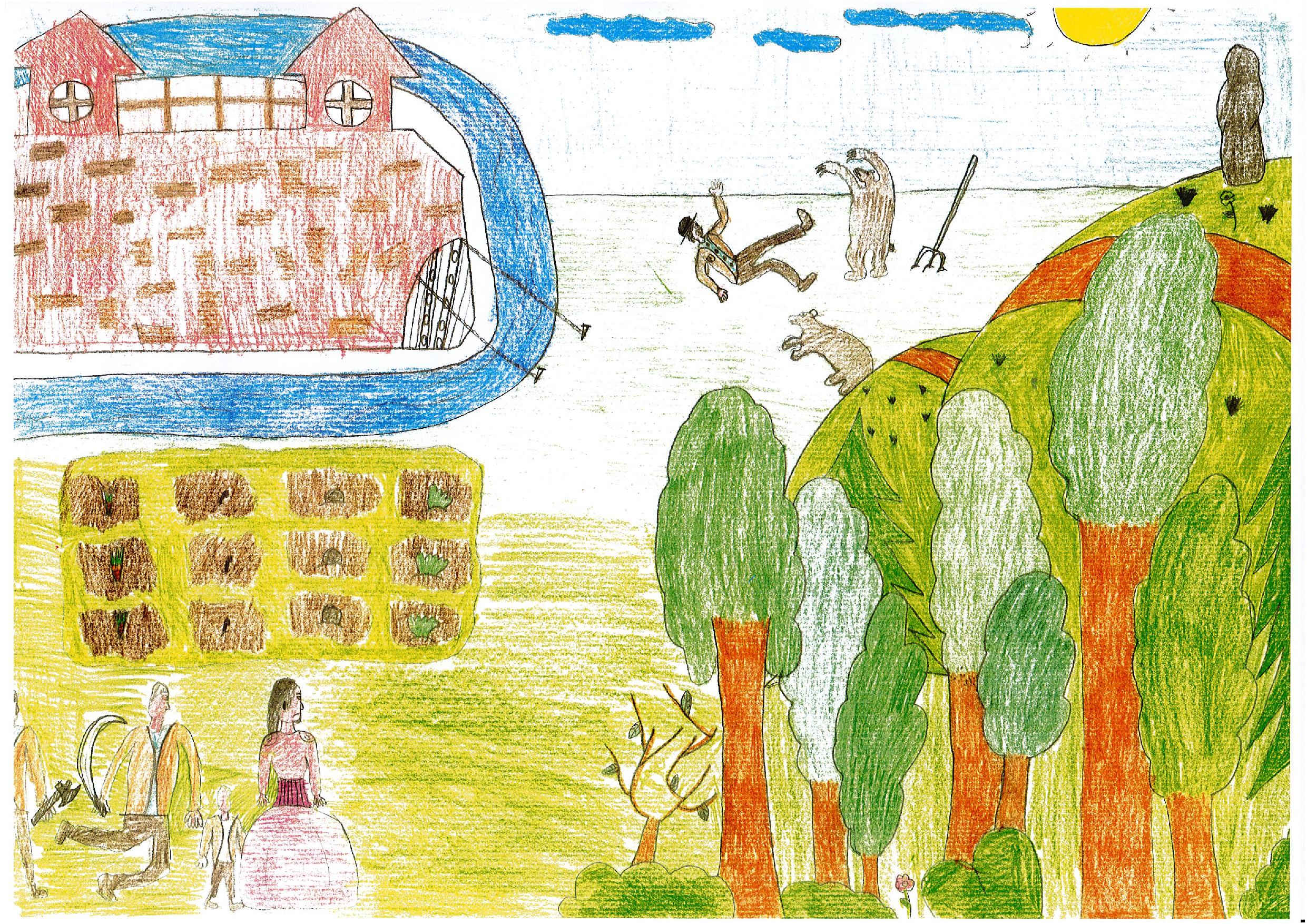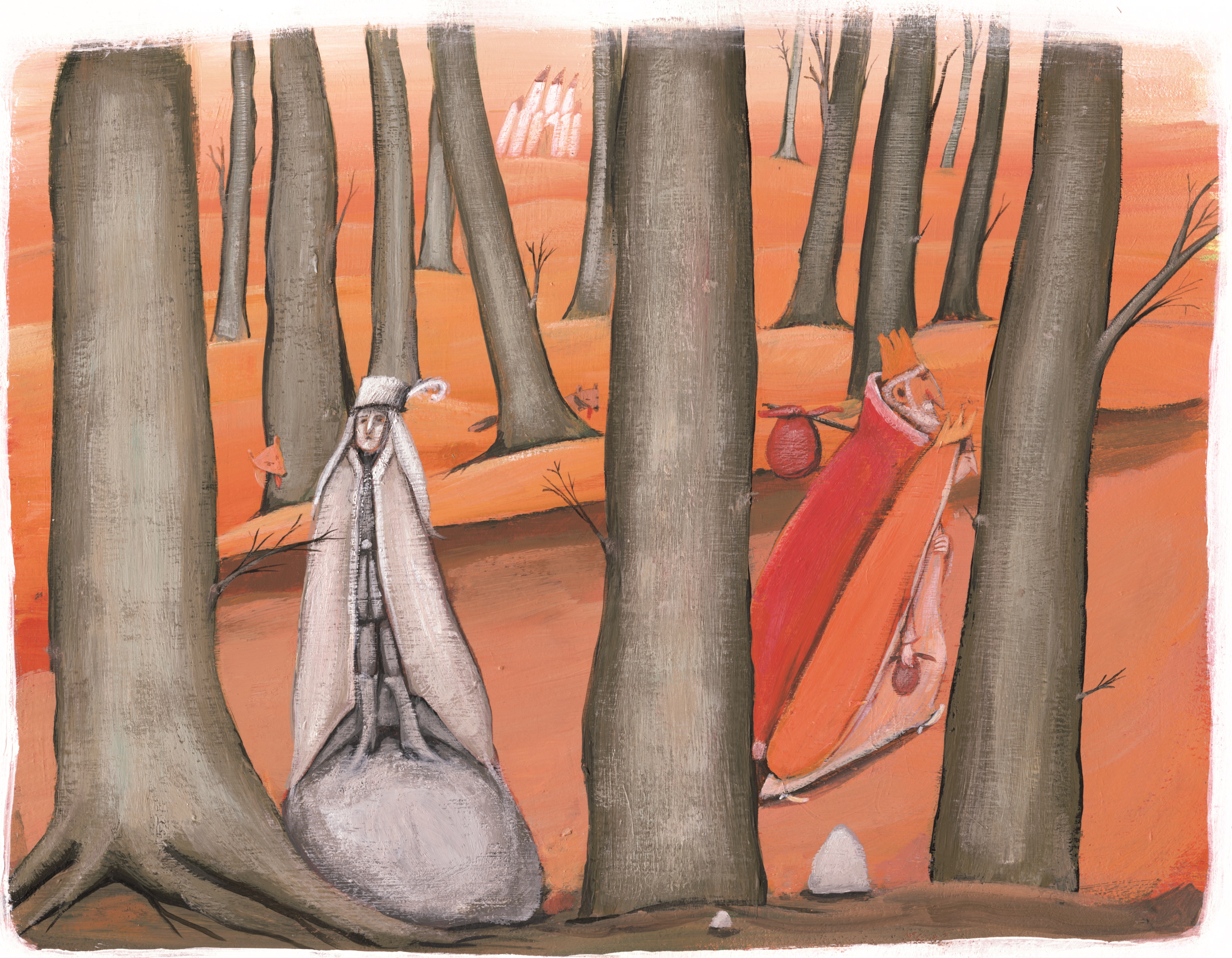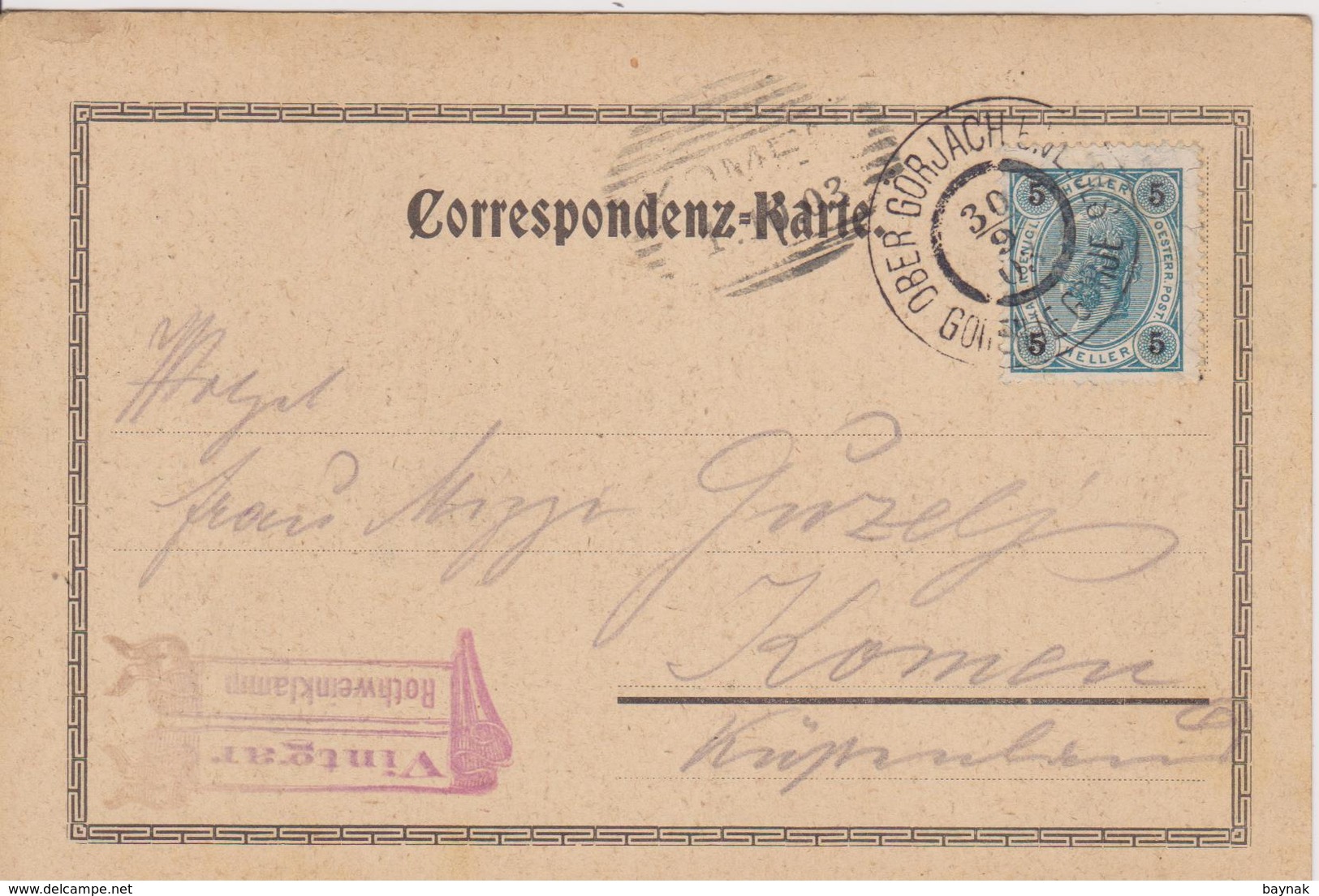Zgornje Gorje 6b
4247 Zgornje Gorje
| IZHODIŠČE: | Kočna - vstopna informacijska tabla "Potep po Mežakli" [670 m] |
| CILJ [m.n.v]: | Poljanska baba [881 m] |
| VIŠINSKA RAZLIKA: | 221 m |
| ČAS HOJE: | 25 min |
| ZAHTEVNOST POTI: | Lahka označena pot |
| ZANIMIVOSTI OB POTI: | / |
| OPOZORILA (!): | Plezanje po skalnem osamelcu je na lastno odgovornost! |
| DODATNE INFORMACIJE: | Sprva je pot označena z rumeno markacijo in rumenimi usmerjevalnimi tablami (lokalna pešpot). Po 500 m (približno 10 min) hoje se priključi planinski poti, označeni z rdeče-belo (Knafelčevo) markacijo in rdečimi usmerjevalnimi tablami. |
| KONTAKT: | TIC Jesenice Cesta Maršala Tita 18, Jesenice, +386 4 586 31 78 info@turizem.jesenice.si http://turizem.jesenice.si |
| Občina Gorje Zgornje Gorje 6b, Zgornje Gorje, +386 4 575 18 00, obcina.gorje@gorje.si http://gorje.si |
A solitary rock formation that rises above Kočna and Poljane, standing 4 m high towards the slope and 8 m towards the valley. It resulted from the weathering of rocks of various degrees of hardness that stand out as protruding towers, horns or buttes. Poljanska baba is the remains of the thickest layer of Anisian dolomite. In autumn 1995, a large part of its head broke off. This was caused by frost that had entered cracks, which had also been enlarged by the roots of a pine tree that grew at the top for many years.
In the past, when trying to understand the creation of solitary buttes, people turned to supernatural powers. Depending on their shape people named them “baba”, “dedec”, “možic”, “zob” or “igla” and “turn”. The most famous tale of Poljanska baba was written in Ljubljanski zvon in 1879 by Dr. Matevž Tonejc.
“They were hunting one day in autumn, my grandmother told me, on St. Michael's day, and farmers had to spur on the beast with the hounds they were given by the gentry. The hunters were positioned around the woods and well-protected so they needed not fear any beasts. The farmers did the chasing. The lord’s daughter was also hunting; she stood up there where she still stands today. Standing on the rock she saw a wild beast grab an already wounded old man, a drover, and killed him. She could have saved him from dying, but the fight in which the old man had to pass, was so much to her liking that she refused to help and even the servant, who was standing next to the young woman with a weapon, was not allowed to help him. In an instant, the woman turned to rock as this is what her heart was made of. She continues to stand there today and will stand there until her saviour is born. But before that happens, all spruce trees in Mežakla will be cut down nine times and nine times other ones will grow. The largest among them will have nine tops and the seed of the middle one will self-seed. From the seed a spruce will grow above the Sava River, from which the wood for a crib will be cut, the crib of nine sons from one mother who will not have a sister. The youngest among the sons will save the rock-hard, petrified daughter.”

Vir: Legende in pripovedke v občini Jesenice, 2017, avtor ilustracije: Ajdin Mujić, OŠ Prežihovega Voranca Jesenice.
Illustrated by Ajdin Mujić, Prežihov Voranc Jesenice Primary School. Legends and Tales in the Municipality of Jesenice, 2017.
Vir: Pravljične poti Slovenije, 2004, avtorica ilustracije: Kristina Krhin.
Illustrated by Kristina Krhin. Source: Pravljične poti Slovenije, 2004.

Razglednica iz leta 1911 – ena najstarejših ohranjenih fotografij Poljanske babe. Pod fotografijo je napis »Okamenela žena »Baba« na Poljanah pri Gorjah-Bledu«. Vir: osebni arhiv Pavla Jamnika.
Postcard from 1911 - one of the oldest preserved photos of Poljanska baba. The writing underneath the picture: “Petrified “Baba” at Poljane (Gorje-Bled)”. Source: Pavel Jamnik - personal archives.
Vir: fototeka Gornjesavskega muzeja Jesenice.
Source: Photographic library of the Upper Sava Valley Museum.
Poljanska baba pozimi. Vir: osebni arhiv Pavla Jamnika.
Poljanska baba in winter. Source: Pavel Jamnik - personal archives.

